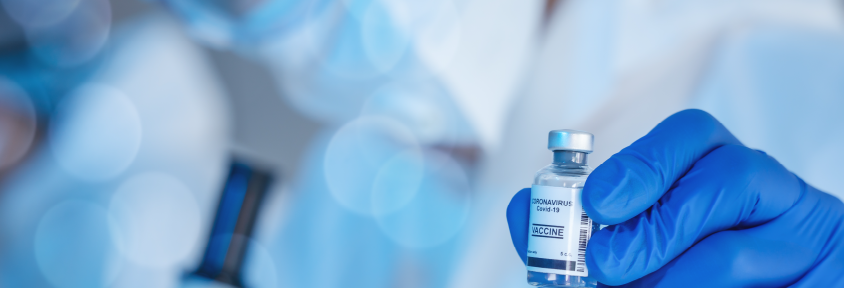Because the situation surrounding COVID-19 is constantly evolving, some information may not be up to date. Stay informed by following information from your local officials and by visiting the CDC website.
Before COVID-19, the fastest vaccine ever developed was the 1960s mumps vaccine, taking only four years. Today, medical experts and doctors globally have united to create the novel coronavirus vaccine, making a daunting task look easy. Thanks to long-standing research, health officials are confident in the safety and efficacy of the new vaccines. Here is how the vaccine was developed so quickly.
1. Existing research set the stage for quick vaccine development.
Long before COVID-19, scientists have been hard at work researching viruses similar to the coronavirus, like SARS (severe acute respiratory syndrome) and MERS (Middle East respiratory syndrome). This research has played a pivotal role in creating the new Moderna, Pfizer-BioNTech, and Johnson & Johnson (Janssen) COVID-19 vaccines
2. Messenger RNA (mRNA) technology is a speedy alternative to traditional vaccines.
Traditional vaccines involve a dead or weakened virus triggering the body's immune system to defend itself and establish immunity. The novel coronavirus vaccines contain no COVID-19 virus but rather utilizes messenger RNA (mRNA) vaccine technology. In order to achieve immunity, this technology uses mRNA to provide instructions to our body's cells. These instructions activate our cells to generate a protein specific to the SARS-CoV-2 virus on the cells' surfaces. After the protein is built, the cells will discard the instructions (mRNA). Producing these types of vaccines is a much quicker and more efficient process.


.png/_jcr_content/renditions/cq5dam.web.1120.1120.png)
.png/_jcr_content/renditions/cq5dam.web.1120.1120.png)
.png/_jcr_content/renditions/cq5dam.web.1120.1120.png)
.png/_jcr_content/renditions/cq5dam.web.1120.1120.png)


